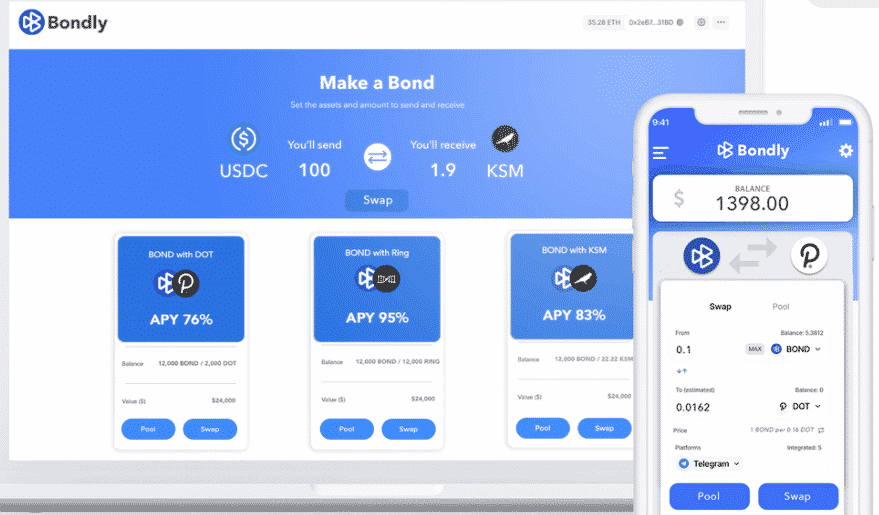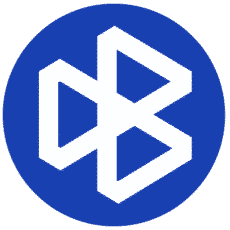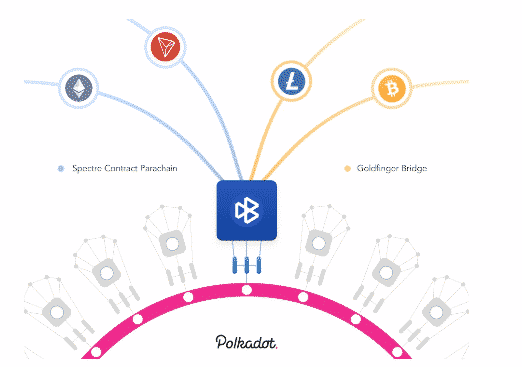Bondly (BONDLY)
Last Updated on 28 November 2020 by CryptoTips.eu
The birth of cryptocurrencies was meant to bring sweeping changes to the conventional finance space. Unfortunately, each crypto was locked in its native blockchain, making it hard to directly send digital assets from different blockchains.
Centralized cryptocurrency exchanges made crypto trading possible. However, their centralized nature has been a major motivating factor to hackers and other malicious actors. As such, blockchain developers have fronted other solutions such as decentralized exchanges and atomic swaps.
Among the two, atomic swaps have the highest potential to provide peer-to-peer transfers of digital assets without delegating control to third parties. However, swaps have a technical side hence hindering their widespread adoption. To bring atomic swaps closer to the crypto masses, Bondly builds on the technology but masks the technical side.

Who is behind Bondly?
 The platform is headed by top minds in the traditional and digital finance space. For example, its CEO, Brandon Smith, is a managing partner at Shuttle Capital and has been the vice president of Shieldpay. Also, Smith held a key position at PriceWaterhouseCoopers for over five years. Bondly’s CTO, Parker McCurley, is an experienced software engineer.
The platform is headed by top minds in the traditional and digital finance space. For example, its CEO, Brandon Smith, is a managing partner at Shuttle Capital and has been the vice president of Shieldpay. Also, Smith held a key position at PriceWaterhouseCoopers for over five years. Bondly’s CTO, Parker McCurley, is an experienced software engineer.
The platform receives advise from key figures such as Angela Tong from Jinse Finance, Dan Friedman from Cardano, Nicholas Davies from EY Parthenson, and Semhal Araya from GE Healthcare.
What is Bondly?
Think of Blondly as a blockchain-based exchange that allows peer to peer interaction with any decentralized platform. The system uses a natively hosted feature called BondSwap to enable users to send crypto from one blockchain to another. BondSwap builds upon the atomic swap technique, but removes the scaling hindrance of the current breed of atomic swaps.
Consequently, the network can provide access to the decentralized finance (DeFi) ecosystem. To provide access to different chains, Bondly taps into the Polkadot network. Apart from providing access to multiple chains, Polkadot delivers the security and speed required for a successful swap.

Also, leveraging Polkadot’s capabilities enables decentralized OTC trading across blockchains while the high execution speed eliminates price slippage risks.
For easier access, Bondly is available on the web and as a mobile app. Therefore, to interact with the system, an user needs to fill a few details into designated fields, and the protocol takes over from there. That’s not all. The platform supports access over popular chat applications. Here, an user only needs to generate an unique web link and share it through chat and email to their preferred trading partner.
BondDex and BondProtect
To bring a comprehensive offering to its users, the protocol has other parts such as BondDex and BondProtect.
- BondDEX: is a decentralized exchange that utilizes the protocol’s inter-chain capabilities. The DEX allows users to privately exchange their virtual wealth despite the assets running on different blockchain systems. More than enabling anonymous cryptocurrency swaps, BondDEX provides liquidity mining opportunities through liquidity pools. The pools engage with trusted oracles such as DOS Network to interface with real-time market prices.
- BondProtect: Also known as BProtect, is another feature primed to enable trading of goods and services. BProtect is driven by a smart contract which ensures trading ease and security.
Examples of services coded into the module include, but not limited to, recurring payments and escrow services.
Luckily, this and many more features can be enjoyed at an individual or merchant level. Also, the smart contract-driven marketplace is open to the trading of digital and physical goods.
BondProtect can be integrated with leading traditional payment services such as PayPal. Note that third-party integrations are enabled through a software development kit (SDK). As such, merchants and individuals can dictate their pricing. BProtect guards merchants against price volatility risks.
Bondly’s native currency: BONDLY
BONDLY follows Ethereum’s ERC20 token standards and has a total supply of one billion tokens. During distribution, the community are accounted for 22.6 percent while liquidity pools and staking rewards are accounted for 0.5 and 40 percent, respectively. The team and development aspects received 17 and 18.6 percent of the total tokens, respectively.
Among the token’s many use cases on the Bondly ecosystem is staking. Staking is locking digital coins in a wallet to participate in securing the network and receiving rewards for doing that.
Bondly Features
- Interoperable: The protocol can operate with multiple decentralized networks.
- Versatile: Apart from a mobile app and web interface, the platform is accessible through chat and email services. It allows trades between family and friends.
- No hidden activities: Since it runs on a blockchain system, everything can be verified at any time.
- Innovative: The network brings more capabilities to the atomic swap world. It enhances the technology allowing users to input a few trade-related values, and they are done.
- Expansive: More than enabling atomic swaps, the network’s BProtect offering stretches to digital payments. It has services such as escrow and recurring payments. The recurring payments functionality comes in handy in a subscription setting.
- Exposure to a simple interface: Bondly removes the intimidating view of blockchain parameters and only presents a simple, clean, and easy to use graphical user interface.

Conclusion
From BondSwap to BondProtect, Bondly powers the critical services in the cryptocurrency industry. For example, BondDEX make sure that liquidity pools can open the door for liquidity providers to earn rewards. Also, BProtect allows merchants and individuals to passively interact with digital currencies without bearing the risks of price volatility.
Services such as recurring payments allow crypto users to pay for subscriptions. Bondly’s use of the Polkadot network as the base adds to the platforms security and ease of interaction with multiple blockchains.
Navigation